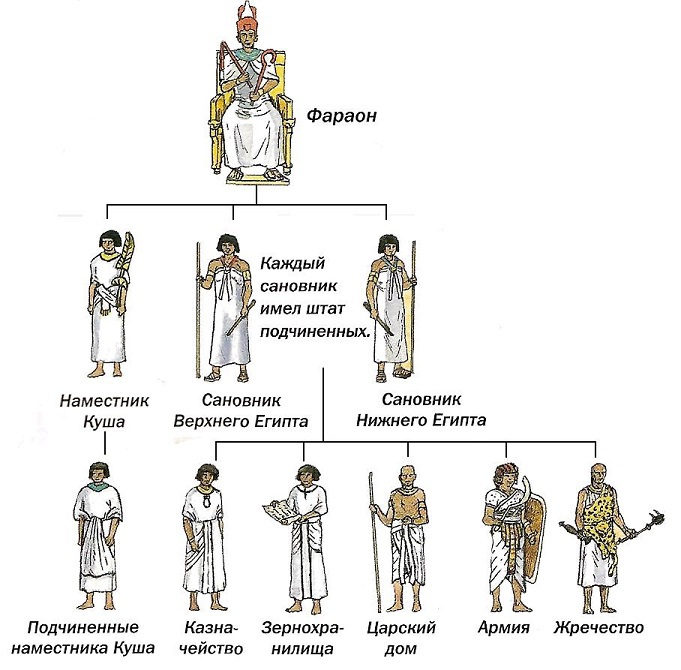How many control levels should be

Once on FB, there was a discussion among friends about how many levels of management should be to ensure effective organization activity. He recalled the report of Arnold (not a terminator, but a mathematician), presented almost 20 years ago, at a seminar at the Presidential Council of the Russian Federation. The report made a rather unexpected conclusion.
“The multi-stage control described by our model for n> 3 is unstable. Two-stage control leads to periodic oscillations, but does not cause a catastrophic increase in oscillations that occurs with three or more stepped control. This sustainability is ensured only by single-stage control, in which the manager is more interested in the interests of the cause than in encouragement from the authorities. ”
How is this possible if the organization has thousands of employees?
And the whole thing in project management.
Immediately, I will clarify, “if a tram driver starts looking for new ways, expect trouble.” If the external conditions are well known and stable, if the production operations are well studied and repeatedly tested, and the functions of the performers are defined and constant, in these conditions the basis of efficiency is narrow specialization and a conveyor. In the absence of perturbations, an organization can be in an equilibrium state (albeit unstable) for an arbitrarily long time, and will withstand any hierarchy of control. We recall multi-level bureaucracies from ancient Egypt to Soviet times.
But if external conditions change dynamically, if an organization wants to get a unique result, develop a new product, the requirements for which are constantly changing, apply production technologies for the first time, if intellectual efforts, creativity, and search for new opportunities are required, then the project management organization is used in these conditions. And it was Arnold who spoke about control models in such systems.
')
“But wait,” the reader will say, “the project activity has its own multi-level hierarchy: goals, strategies, programs, portfolios, projects, subprojects, work packages. And each level has its own manager. Well, where is the "... single-stage management, in which the manager is more interested in the interests of the cause than in the encouragement of the authorities"?
The basis of project management is a hierarchical structure of work. A serious mistake is process decomposition: analysis, design, coding, testing, documentation.
The right structure should be result oriented. Therefore, each work package must be considered as a mini-project aimed at achieving a unique result and managed solely. And in order for this manager to be “more interested in the interests of the cause than in the encouragement of the authorities”, it is necessary to fulfill all four conditions.
1. Set the expected result. “What”, and most importantly “why” (but in no case “how”) should be done.
One colleague Alexander Orlov told here
such a story
IMHO, the problem is that Max was given the task, not the goal - no. A task without a goal, as a rule, does not make sense. A goal without a task makes sense. In this case, the goal, apparently, was to improve the quality of the code. Alexander did not voice it - it is his mistake. Max did not ask: "what for?".
The manifestation of unprofessionalism on his part.
I remember, back in Intel I told my employee: Max, look at static analyzers. Max says, they say, no question, and leaves. Comes in 3 days. I:
- Well, how?
- I looked.
- And ...?
- Here is the table ...
I almost killed him. I needed a person to find a free static analyzer of Java code and screw it to our version control system.
Max understood the problem in his own way - that it is necessary to conduct a comparative analysis of the available static analyzers. The man downloaded and installed all these analyzers, came up with metrics for comparison, found test examples. For three days he was engaged in a fairly meaningful activity. And I, as his manager, ended up dissatisfied.
IMHO, the problem is that Max was given the task, not the goal - no. A task without a goal, as a rule, does not make sense. A goal without a task makes sense. In this case, the goal, apparently, was to improve the quality of the code. Alexander did not voice it - it is his mistake. Max did not ask: "what for?".
The manifestation of unprofessionalism on his part.
2. Defined the rules of the "game". The minimum restrictions associated with the system architecture, the coding standard provided by the API, which is definitely not necessary. We remember the more rules and standards, the lower the labor productivity.
3. Resources and their working time, hardware and software, etc. are allocated.
4. Established measurable criteria for evaluating the result: what is good and what is bad.
And it's all. We get a stable one-stage management, in which the manager works in the interests of the cause, and not the boss.
Something like this.
Source: https://habr.com/ru/post/293174/
All Articles